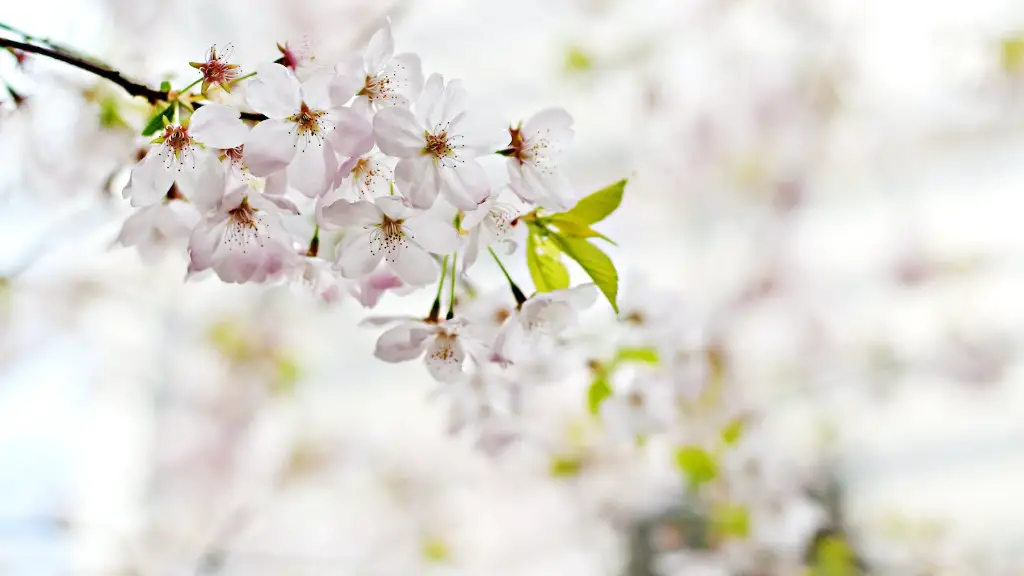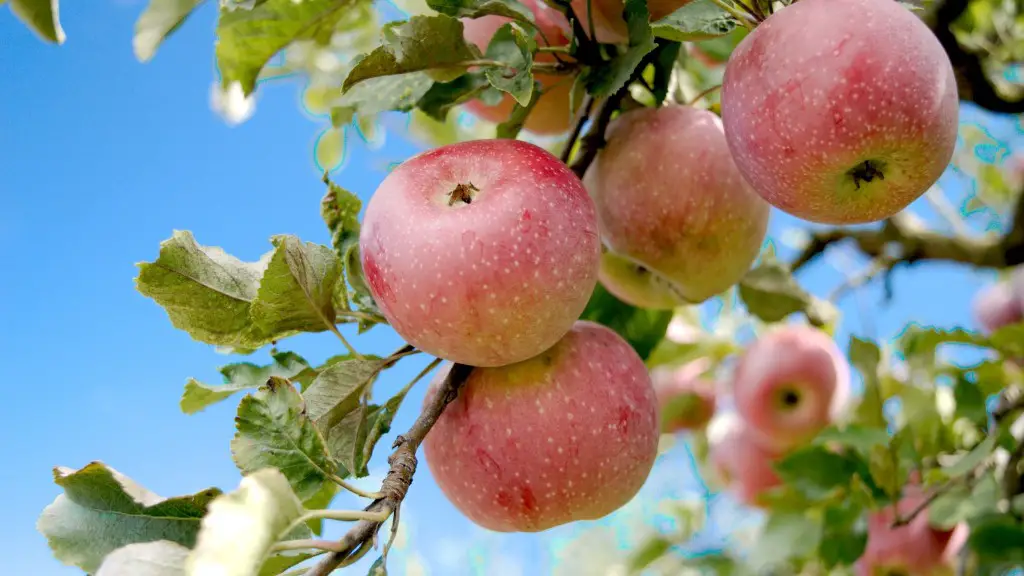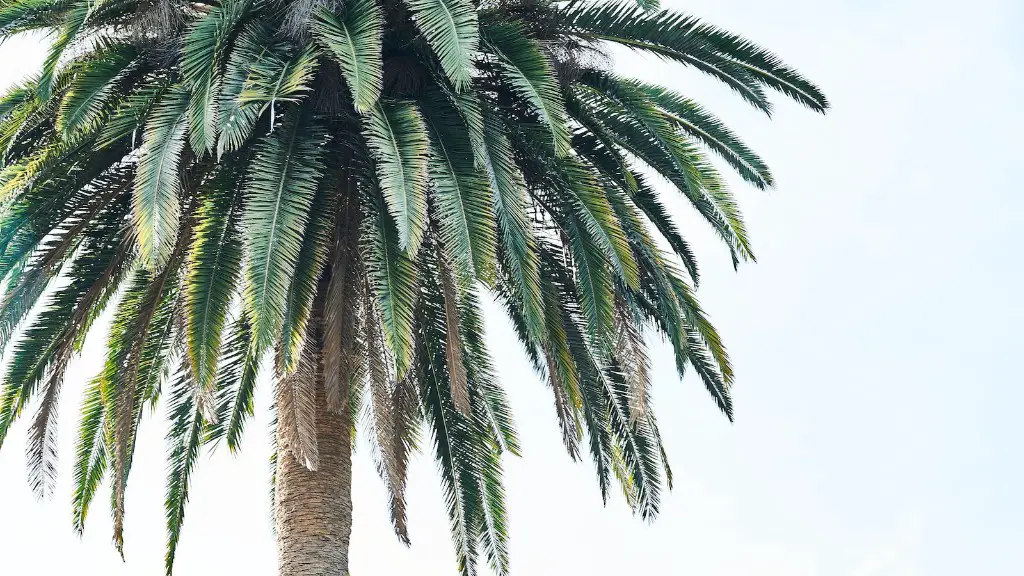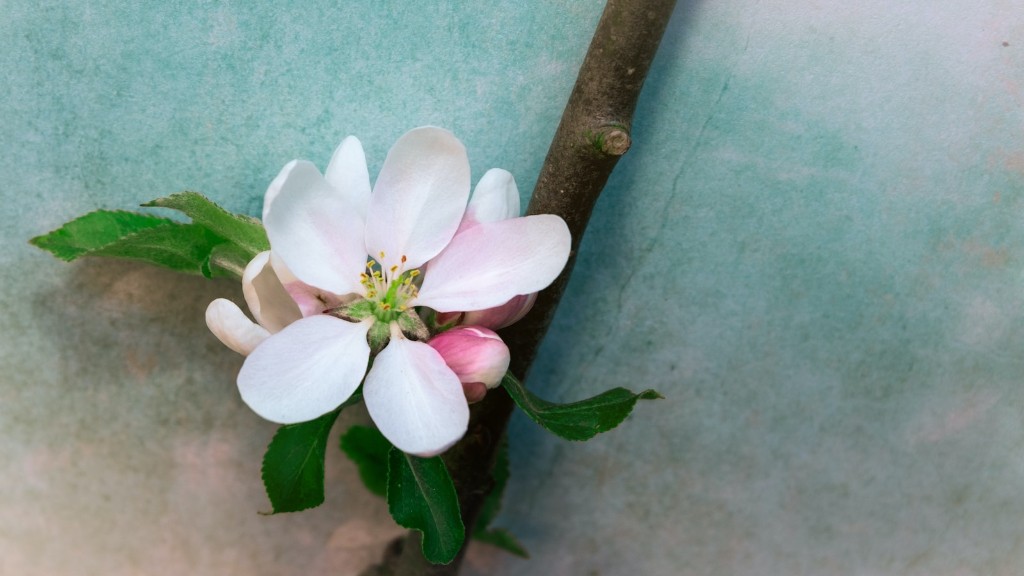How to Tell if a Cherry Tree is Dead
Cherry trees are celebrated for their deliciously sweet, fragrant fruit; but if a cherry tree appears unproductive or unhealthy, it could be a sign that it might be dead or dying. Knowing how to tell if a cherry tree is dead is an important skill for any gardener, and following a few simple steps can help you confirm that your cherry tree is beyond saving.
Inspect the Plant for Signs of Fungal Infection
Examine the plant for signs of fungal infection. Fruit trees are particularly susceptible to fungi, which can kill the cherry tree by starving it of resources like water and nutrition. Common signs of fungal infection include discolored bark, leaf spots, noticeable spots on the fruit, dark rings around the stem, and yellowing leaves. If any of these signs are present, chances are that you need to replace your cherry tree.
Look for Signs of Insect Damage
Insects like borers and aphids are also a common problem for cherry trees. These destructive pests can suck the vital nutrients and water from the tree, leaving it weak and unable to bear fruit. Look for signs of infestation such as holes in the bark, webbing near the base of the tree, and sap oozing from the tree. If the tree is heavily infested, the best course of action is to replace it.
Check for Dried Out Leaves
One sure sign that a cherry tree is dead is the presence of dried out leaves. Check the leaves of the tree for any discoloration or wilting; if they are dry or brittle, it could be a sign that the tree is beyond saving. Additionally, take a look at the buds to see if they are shrinking or dying; if they are, it could mean that the tree has already been compromised by a lack of water or nutrition.
Inspect the Root System
Inadequate water and nutrition can cause a cherry tree to die; and the best way to check for these problems is to inspect the root system. If the cherry tree has been overwatered or underwatered, its roots may be rotted or discolored. Additionally, if the tree is not getting the nutrients it needs from the soil, its roots may not be firmly attached to the tree.
Inspect the Trunk
Signs of trunk decay can also be a sign that a cherry tree is dead. Check the trunk of your tree for any abnormal growths, cracks or hollowing. Additionally, look for signs of wood-boring insects; these can be a sign that the tree is beyond saving, and should be replaced.
Check for Dead Branches
Dead branches are a sure sign of a dead cherry tree. Look for any signs of discoloration or warping in the branches and twigs; these can be a sign that the tree has already begun to die. Additionally, inspect the underside of the branches for any sign of sawdust; this could mean that the tree is being attacked by a pest, and should be removed.
Conclusion
Knowing how to tell if a Cherry Tree is dead is an important skill for any gardener, and can save you from wasting time and money on a tree that will never bear fruit. By following the steps listed above, it should be easy for you to determine whether or not your cherry tree is beyond saving.
Fertilizing a Cherry Tree
Fertilizing a cherry tree is essential to maintaining a healthy and productive tree. Fertilizer provides essential nutrients to the tree, such as nitrogen, potassium, and phosphorus. This helps the tree thrive and produces more fruit. When fertilizing a cherry tree, it’s important to choose the right fertilizer and to apply it correctly.
Selecting a fertilizer with the right balance of nutrients is vital to having a healthy tree. Different varieties of cherry trees require different fertilizers; it’s important to research the type of fertilizer that is best suited for your particular cherry tree. Additionally, you should pay attention to the pH balance of your soil; this will influence the types of fertilizer that are suitable for your tree.
When applying fertilizer to your cherry tree, it’s important to do so in moderation. Too much fertilizer can burn the tree, damaging its roots and leaves. Additionally, use organic fertilizers whenever possible; these are less likely to cause damage to the tree.
Fertilization should be timed carefully to ensure maximum benefit. During the growing season, cherry trees should be fertilized every two to three weeks. In the winter months, they should be fertilized once every six to eight weeks.
How to Prune a Cherry Tree
Pruning a cherry tree is essential to maintaining a healthy and productive tree. Regular pruning can help the tree to grow larger and produce more fruit, as well as keeping it looking neat and attractive. When pruning a cherry tree, it’s important to use the right tools and techniques to ensure the best results.
The best time to prune a cherry tree is in the late winter or early spring, once the weather has warmed up. Using sharp and clean pruning shears, begin by removing any dead or diseased branches. This will help to prevent the spread of disease and will encourage the tree to put its energy into growing new healthy branches.
Next, begin shaping the tree by removing any branches that are growing too close together or are in danger of rubbing against each other. This is especially important for cherry trees, which tend to be susceptible to disease and fungus. Additionally, prune away any branches that are growing in an undesirable direction or are overcrowding other branches.
Finally, remove any weak or feeble branches that are not contributing to the overall health and appearance of the tree. This will help the tree to conserve its energy and to focus its resources on producing delicious, sweet-smelling cherries.
Harvesting a Cherry Tree
Harvesting a cherry tree is an important part of maintaining a healthy and productive tree. When harvesting a cherry tree, it’s important to use the right tools and techniques to ensure the best results. Additionally, it’s important to know the correct timing for harvesting cherries; this will help you to pick your cherries at the peak of their sweetness and flavor.
The best time to harvest a cherry tree is when the cherries are fully ripe. This usually occurs in late summer or early fall, depending on the variety of tree. To check if the cherries are ripe, gently tug on the stem; if the cherry comes off easily, then it’s ripe and ready to pick. Additionally, ripe cherries should be bright in color and plump.
When harvesting cherries, you should use a cherry picker or a gentle, soft-bristled brush. This will help to prevent the cherries from being damaged or bruised. Additionally, pick only the cherries that are ripe to ensure the best flavor and sweetness. Finally, be sure to fill your container with clean, cold water and to rinse your cherries gently before consumption.
Maintaining a Healthy Cherry Tree
Maintaining a healthy cherry tree is essential to getting the best yield of fruit and avoiding potential problems. To keep your cherry tree healthy, it is important to pay attention to its needs and to take the necessary steps to ensure its wellbeing.
The first step to maintaining a healthy tree is to water it regularly. Cherry trees require at least 1-2 inches of water per week, so be sure to check the soil often to ensure that it is moist at all times. Additionally, mulch around your tree to help keep the soil moist and to prevent weeds from competing with the tree for resources.
Next, provide your tree with adequate fertilizer to ensure that it has all the nutrients it needs. Check the soil often to make sure that it is not overly acidic or alkaline; if it is, be sure to adjust the pH level to 6.5-7.5 for optimal growth. Additionally, be sure to prune your tree regularly to encourage higher yields of fruit.
Finally, keep an eye out for any signs of disease or infestation. Pay attention to the leaves and bark of the tree for any discoloration or warping; this could be a sign of a pest or fungus problem. Additionally, inspect the branches for any signs of sawdust, as this could mean that the tree is being attacked by wood-boring pests.




